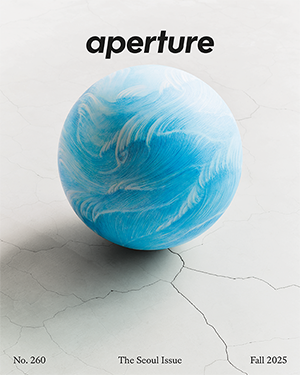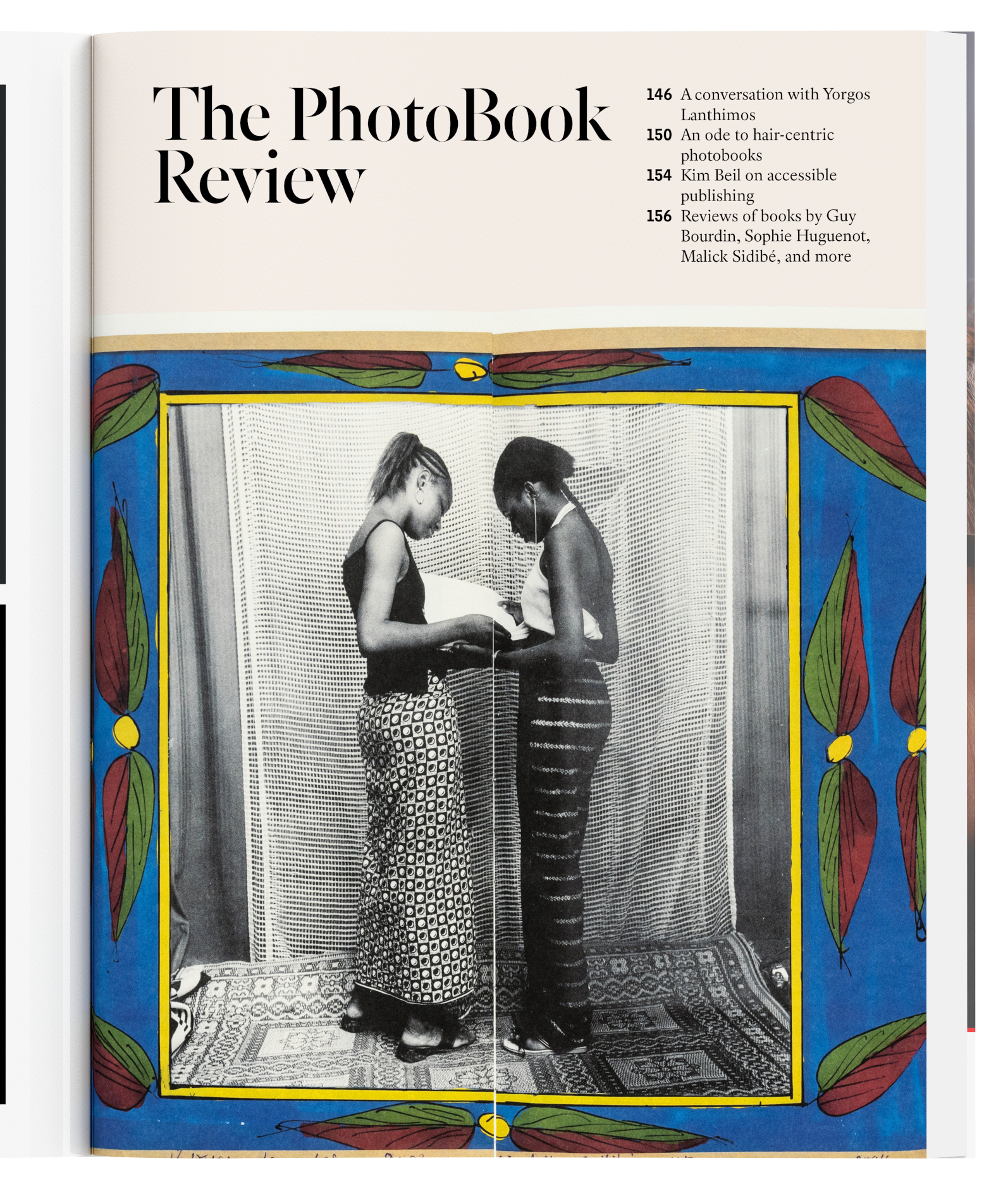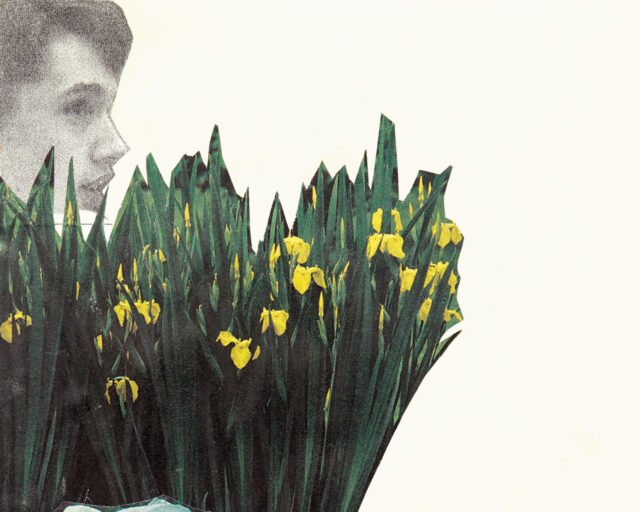Defying Stereotypes, One Post at a Time
The four artists in Torrent Tea are redefining narratives of Black and Queer bodies on the Internet.

Rafia Santana, Worked, 2015
Courtesy the artist
In mid-January, Torrent Tea opened at Portland’s Newspace Center for Photography. Here, four emerging artists—Texas Isaiah, E. Jane, Devin N. Morris, and Rafia Santana—reject racist stereotypes of Black bodies—the mammy, the athlete, the rapper, the slave. Focusing on websites and other forms of accessible media, such as zines and GIFs, the artists reclaim digital space as a site for celebrating Blackness and Queerness, accomplishment, and empowerment. In an email interview, I spoke with curator Ashley Stull Meyers about the project’s origin, the potential for visual imagery to defeat racist and sexist stereotypes, and how curation extends to virtual platforms.
Roula Seikaly: Tell me about the exhibition title, Torrent Tea.
Ashley Stull Meyers: “Torrent Tea” is a play on the two central themes of the exhibition. One, content that moves subversively through social media and web-publishing channels, for example Facebook and Instagram. And, two, the intimate conversations that happen within Black, Queer communities. The artists in the exhibition have a practice of web-hosting much of their creative output—critique, revisionist art histories, self-portraiture—as a way to politicize social media platforms, which are often banal. This critical work is frequently missed by communities not literate in memes and hashtags, or who don’t lend a discerning eye to Tumblr and Facebook.

E. Jane, NOPE (A Manifesto), 2015
Courtesy the artist
Seikaly: You’ve identified artist E. Jane’s NOPE (a manifesto) from 2015 as the beginning of this project. How did you come across it? How did it inform the thesis for this group exhibition?
Meyers: E. Jane wrote the manifesto during graduate school as a refusal of their work being considered exclusively under ire of identity politics. I think that is a fight that most, if not all, Black and Queer makers fight—to have their work read with the critical respect afforded to cis-gendered, white, male artists. They wrote, “I am expansive in my Blackness/ And my Queerness/ As Blackness and Queerness/ Are always already expansive.” I think all four artists are emphatic about that. They each “reject the colonial gaze as the primary gaze.”
Seikaly: Texas Isaiah describes his practice as one attempting to create both communicative and safe space for his subjects, himself, and the audience. What are your thoughts on those terms — “communicative” and “safe” — when artists of color explore Blackness and Queerness online? Are they mutually exclusive, given the rabid racism, misogyny, and homophobia that informs so much of online interaction?
Meyers: No space is entirely safe. What the Internet presents is a greater opportunity to skirt or manipulate oppressive sociopolitical systems in a more earnest way than is possible in blue chip galleries and mega-museums. Traditional exhibition spaces come with barriers to access and problematic funding expectations that aren’t solved by virtual space, but the Internet is at least more adaptable to those issues. Texas Isaiah may have been discussing “safe space” in the literal sense because he photographs other Queer people of color in the physical spaces they’ve carved out for themselves, but the general sentiment still applies.

Devin N. Morris, Untitled (Red), 2016
Courtesy of the artist
Seikaly: You’ve worked with Newspace to develop a lecture series that expands on conceptual aspects of the exhibition. One topic is “slowness.” Could you elaborate on what that is, and why it’s important?
Meyers: A primary goal of Torrent Tea and its programming is to expand the dialogue around these makers beyond what’s imitated in the entertainment industry and popular culture. There are works in the exhibition that take to task the ways cis, white, straight celebrities and entertainers “perform” Blackness for social and monetary gain. Rafia Santana’s Black Power Project is caricatured GIFs of pop cultural figures like Kylie Jenner, Iggy Azalea, and Macklemore, who profit from things like AAVE (“black speak”) or beauty products that help them imitate the Black female figure, such as big butts, big lips, and certain hairstyles. The artists in Torrent Tea seek to criticize the celebration of Blackness and Queerness only when they aren’t attached to actual Black or Queer persons. They want to call out these problematic imitations as well as broaden the social perception.
“The Slowness” was a lecture by Dr. Kemi Adeyemi from the Department of Gender, Women & Sexuality Studies, at the University of Washington. It provided historical context to the way Black and Queer people navigate a Western society founded on neoliberalism. In short, Dr. Adeyemi connects the trope of “slowness” as negatively associated with Blackness to its contemporary reclamation in Queer nightlife, particularly a slow jams party in Chicago called Slo Mo, which was founded in 2012. She asserts in her dissertation and upcoming book that slowness is a way of situating Queer, Black bodies within a political, social atmosphere that tests their physical and emotional endurance. As part of the exhibition’s culminating event, Bart Fitzgerald, a local Queer thinker, will discuss the Black body as inherently Queer, and the Queer body as inherently sacred.

Texas Isaiah, Jocquese, 2016
Courtesy of the artist and Swagger Like Us, San Francisco
Seikaly: The exhibition defies stereotypes of Blackness, Black bodies, and Queerness that are created and promulgated by our consumerist, commodity-driven society. Can this work, and work like it, defeat ideas and imagery that are deeply entrenched in our visual culture?
Meyers: No. White, Western misinterpretation of Black bodies won’t be defeated by a photograph, especially within the constraints of capitalism. But, an impactful first step to exposing caricatures, both tragic and camp, is to let Black and Queer bodies lead the production of their own images and narratives. Torrent Tea is portrait heavy: all the photographs are either self-portraits or portraits taken with intimate groups of collaborators. Cis-gendered, white bodies have no business constructing the narratives around queer people of color. Torrent Tea doesn’t have the answers, but the principles are on target and I’m proud of that.
Seikaly: Much of your writing and research considers the Internet as an exhibition space alternative to the white cube. Given that pursuit, why curate an exhibition in a physical space?
Meyers: As much as I love non-traditional structures for art and exhibition making, a physical experience of viewing art still holds tremendous value. For Torrent Tea, about three-quarters of the work was printed or made into an object for the first time. The other quarter was shown digitally, on iPads or as projections. E. Janes’s manifesto, for example, became an inkjet print on satin that they conceptualized as a “flag”—an object of declaration. This symbolism gives the work an added ideological dimension without betraying its origins. I hope that this installation still feels true to the original host platforms. Texas Isaiah’s work is hung in a grid that is reminiscent of Instagram. Devin N Morris’s photographs were installed in a pattern that alludes to “swiping” through digital images. The irony of showing immaterial work in a physical space doesn’t escape me, but in this case it felt important to very literally make room for Queer people of color who are too often neglected by arts institutions.
Torrent Tea is on view at Newspace Center for Photography, Portland, through February 25, 2017.

























